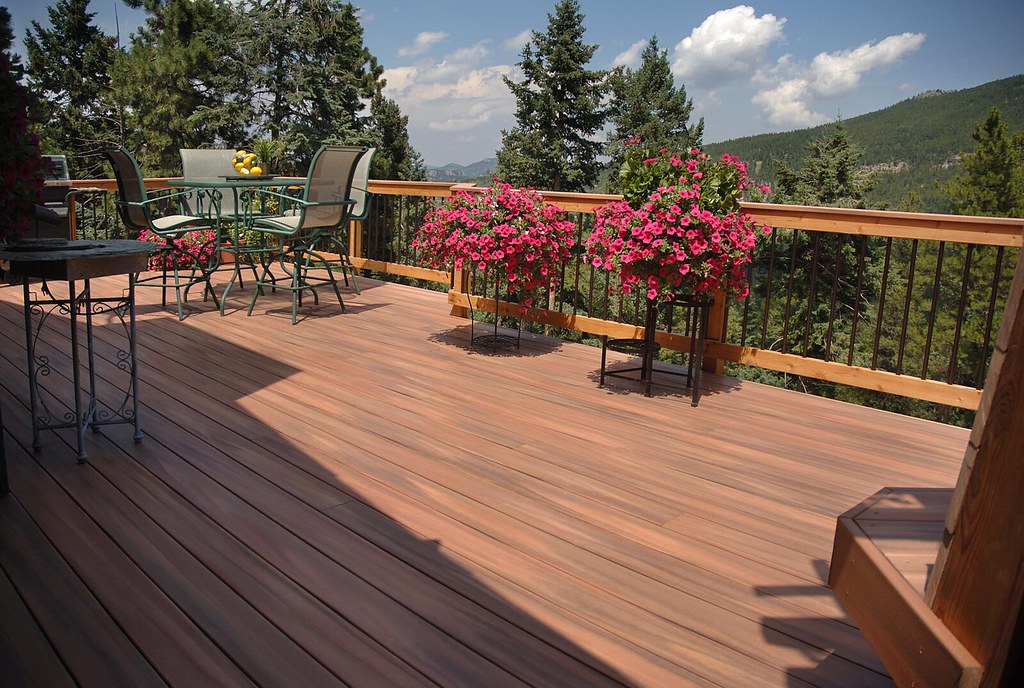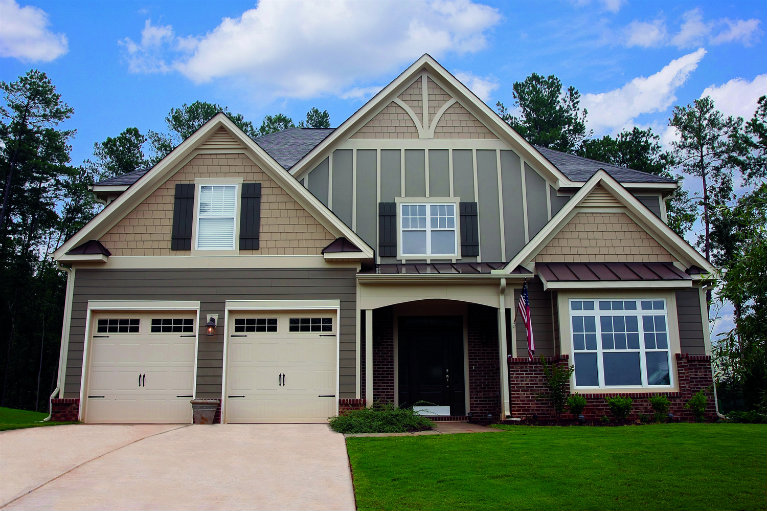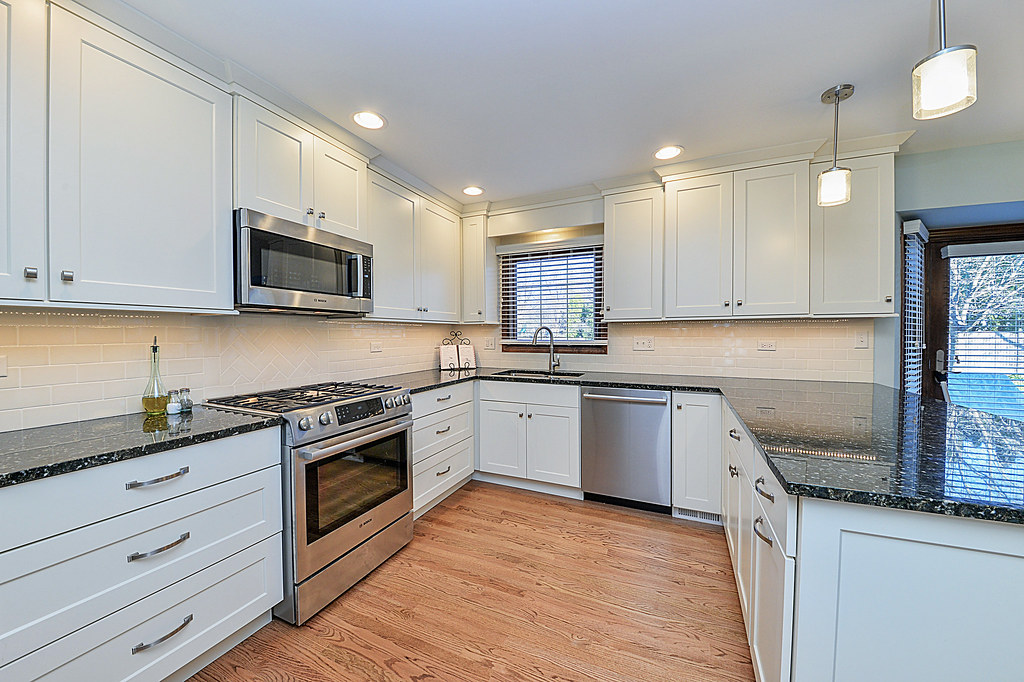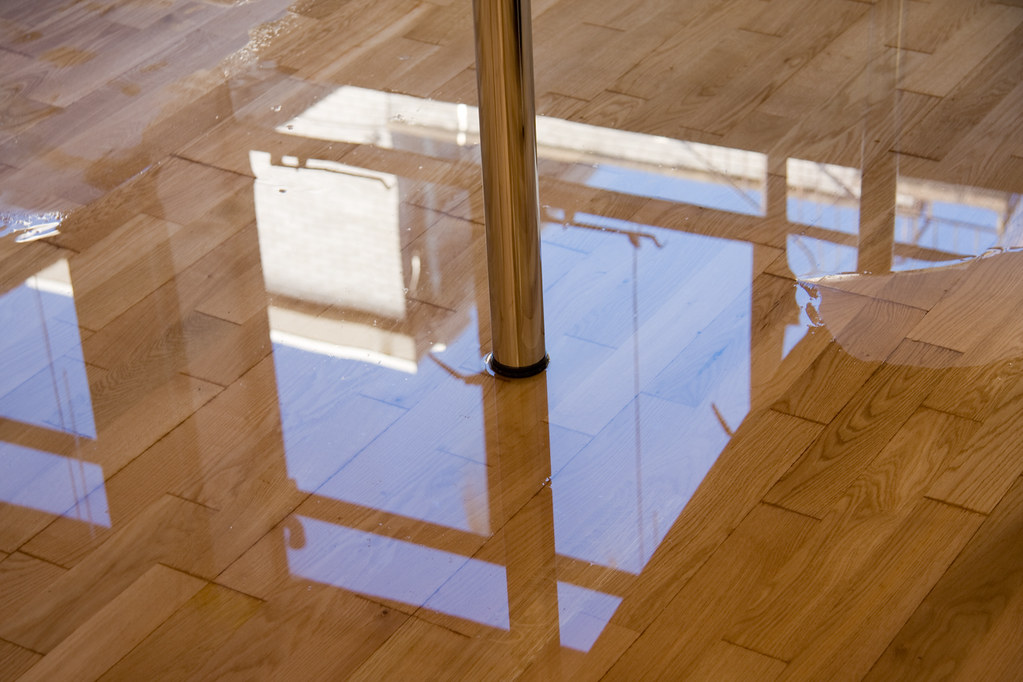In the picturesque landscapes of New Zealand, where nature’s beauty is abundant, creating outdoor living spaces that harmonize with the environment is paramount. For homeowners seeking both elegance and sustainability, composite decking offers a compelling solution.
Made from a blend of recycled materials and innovative technologies, sustainable composite decking provides the perfect balance of eco-friendliness and aesthetic appeal.
In this comprehensive guide, we’ll explore the benefits of sustainable composite decking, considerations for choosing the right product, and how these solutions contribute to a greener future in NZ.
Understanding Sustainable Composite Decking
Sustainable composite decking is an eco-friendly alternative to traditional timber decking, made from a combination of recycled wood fibers, reclaimed plastics, and environmentally conscious additives. By repurposing materials that would otherwise end up in landfills, sustainable composite decking reduces waste and minimizes environmental impact while offering durability, longevity, and aesthetic versatility.
Benefits of Sustainable Composite Decking
Environmental Preservation
Choosing sustainable composite decking helps conserve natural resources and reduce deforestation, as it utilizes recycled materials rather than virgin timber. By diverting waste from landfills and reducing the demand for new resources, sustainable composite decking contributes to the preservation of NZ’s precious ecosystems.
Reduced Carbon Footprint
The manufacturing process of sustainable composite decking consumes fewer energy resources and emits fewer greenhouse gases compared to traditional timber decking production. As a result, opting for sustainable composite decking helps lower the carbon footprint associated with outdoor construction projects, supporting NZ’s commitment to combat climate change.
Longevity and Durability
Sustainable composite decking is engineered to withstand the rigors of outdoor environments, including UV exposure, moisture, and temperature fluctuations. With minimal maintenance requirements and a lifespan that exceeds traditional timber decking, sustainable composite solutions offer lasting beauty and performance, reducing the need for frequent replacement and further minimizing environmental impact.
Considerations for Choosing Sustainable Composite Decking
Material Composition
When selecting sustainable Composite Decking NZ, consider the composition of the materials used in its production. Look for products that incorporate high percentages of recycled content and utilize environmentally friendly manufacturing processes. Additionally, choose decking brands that prioritize sustainability and transparency in their sourcing and production practices.
Certifications and Accreditations
Certifications such as Forest Stewardship Council (FSC) certification and Leadership in Energy and Environmental Design (LEED) accreditation indicate that a composite decking product meets rigorous environmental and sustainability standards. Be sure to verify whether a decking product carries these certifications to ensure its eco-friendly credentials.
Recyclability and End-of-Life Management
Evaluate whether a sustainable composite decking product is recyclable at the end of its lifespan and inquire about available recycling programs or initiatives. Choosing decking materials that can be recycled or repurposed reduces waste and promotes circularity in the product lifecycle, aligning with NZ’s goals for sustainable waste management.
Sustainable Composite Decking Solutions in NZ
Eco-Friendly Brands
Several reputable decking brands offer sustainable composite solutions designed with environmental responsibility in mind. These brands prioritize recycled materials, sustainable manufacturing processes, and eco-friendly innovations to deliver decking products that combine style, performance, and sustainability.
Local Sourcing and Production
Opting for sustainable composite decking sourced and manufactured locally in NZ further reduces environmental impact by minimizing transportation emissions and supporting the local economy. Look for decking suppliers that prioritize local sourcing of raw materials and operate in accordance with NZ’s environmental regulations.
Eco-Conscious Installation Practices
When installing sustainable composite decking, employ eco-conscious practices to minimize waste and maximize efficiency. Consider options such as minimizing cut-offs, recycling scrap materials, and using low-impact installation methods to reduce environmental footprint during construction.
Maintaining Sustainability in Outdoor Living Spaces
Sustainable Design Elements
Incorporate sustainable design elements into outdoor living spaces, such as native landscaping, rainwater harvesting systems, and energy-efficient lighting. By integrating eco-friendly features into decking projects, homeowners can create outdoor environments that enhance sustainability and biodiversity.
Responsible Maintenance Practices
Adopt responsible maintenance practices to prolong the lifespan of sustainable composite decking and minimize environmental impact. Use eco-friendly cleaning products, avoid harsh chemicals, and implement water-saving techniques to preserve natural resources and promote ecological balance.
Conclusion
Eco-friendly elegance is within reach for homeowners in NZ seeking sustainable outdoor living solutions. By choosing sustainable composite decking, individuals can enjoy the beauty of outdoor spaces while minimizing environmental impact and supporting a greener future.
With a focus on recycled materials, durability, and responsible manufacturing practices, sustainable composite decking offers the perfect blend of style, performance, and eco-consciousness.
As NZ continues its commitment to sustainability and environmental stewardship, sustainable composite decking emerges as a leading choice for creating outdoor living spaces that embody elegance, durability, and environmental responsibility.









